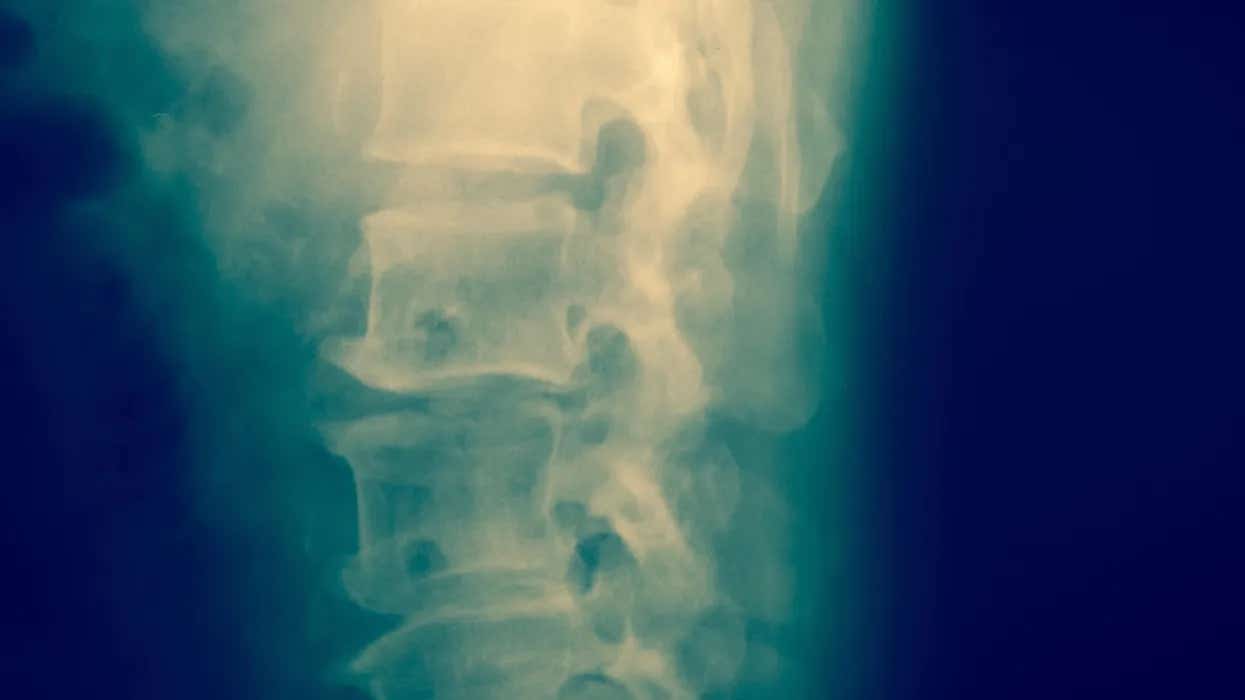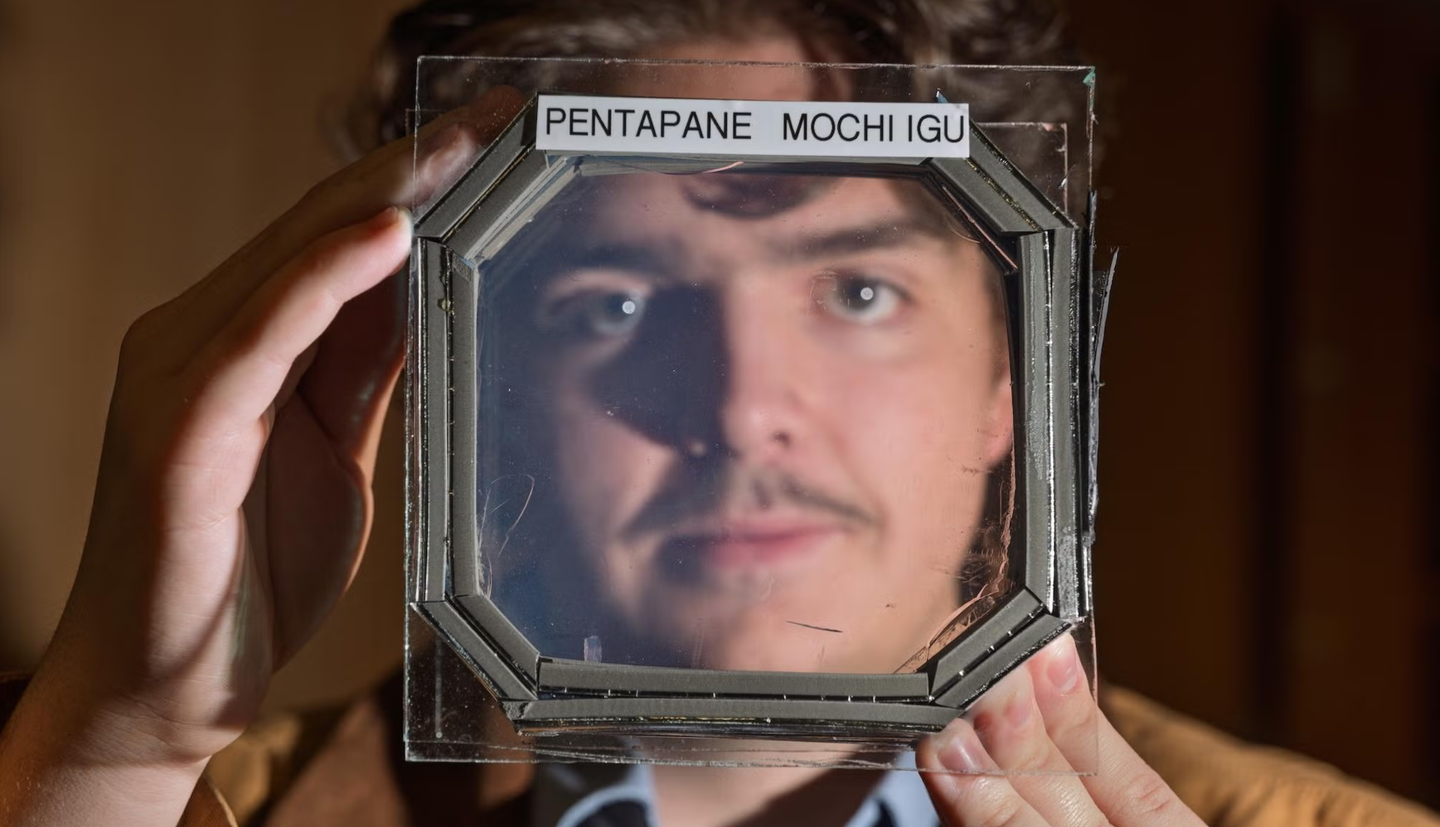Groundbreaking gene therapy regenerates spinal cord injuries reversing paralysis
The complex tapestry of nerves and cells in the spinal cord holds the secrets to mobility, sensation, and in many ways, freedom.

[Sept. 24, 2023: Staff Writer, The Brighter Side of News]
Scientists have developed a gene therapy that was proven in mice to stimulate nerve regrowth across spinal cord injuries and guide nerves to reconnect to their natural targets to restore mobility. (CREDIT: Creative Commons)
In the world of medical science, spinal cord injuries have always been daunting. This complex tapestry of nerves and cells holds the secrets to mobility, sensation, and in many ways, freedom.
So, when it's injured, particularly in severe cases, the fallout can be both physically and emotionally crippling. But what if there was hope, even after a complete spinal cord injury? A new groundbreaking study holds the promise of turning the tides.
The Puzzling Paradox of Spinal Cord Recovery
When the spinal cords of mice and humans are partially damaged, a fascinating natural phenomenon occurs: a significant and spontaneous recovery of motor function. This is in sharp contrast to the aftermath of a complete spinal cord injury, where the hope of a natural recovery dissipates and paralysis becomes a grim reality. The crux of the issue lies in the inability of nerve fibers to regenerate and reconnect after such an injury.
"Five years ago, we demonstrated that nerve fibers can be regenerated across anatomically complete spinal cord injuries,” recalls Mark Anderson, a luminary in this space and a senior author of the study. Anderson, at the helm of the Central Nervous System Regeneration at .NeuroRestore and a notable scientist at the Wyss Center for Bio and Neuroengineering, adds, “But we also realized this wasn’t enough to restore motor function, as the new fibers failed to connect to the right places on the other side of the lesion.”
Unlocking the Secrets of Spinal Cord Repair
In a collaborative endeavor with experts at UCLA and Harvard Medical School, Anderson and his team employed the avant-garde facilities at EPFL’s Campus Biotech in Geneva. Here, they embarked on a deep dive into the inner workings of spinal cord repair mechanisms, especially in cases of partial injuries.
“Our observations using single-cell nuclear RNA sequencing not only exposed the specific axons that must regenerate, but also revealed that these axons must reconnect to their natural targets to restore motor function,” elaborates Jordan Squair, the torchbearer of this research and the study’s first author. This pivotal discovery was unveiled in the Science journal.
The Multipronged Approach: Inspired by Nature
Building on their newfound knowledge, the team designed a sophisticated gene therapy regimen, harnessing multiple strategies. This involved activating growth programs in the identified neurons in mice to rejuvenate their nerve fibers, increasing specific proteins to foster the growth of neurons through the core of the lesion, and introducing guidance molecules. The latter ensured that the reviving nerve fibers were drawn to their natural destinations below the injury site.
Related Stories
“We were inspired by nature when we designed a therapeutic strategy that replicates the spinal-cord repair mechanisms occurring spontaneously after partial injuries,” Squair said.
Trials conducted on mice with complete spinal cord injuries yielded astounding results. These creatures, once paralyzed, began to walk again. Their gait patterns mirrored those found in mice who had naturally resumed walking after partial injuries. This highlighted a previously undiscovered essential condition for the success of regenerative therapies in restoring motor function post-neurotrauma.
Grégoire Courtine, a senior author of the research and the co-head of .NeuroRestore alongside Jocelyne Bloch, is optimistic about the future applications of this therapy. “We expect that our gene therapy will act synergistically with our other procedures involving electrical stimulation of the spinal cord,” he notes. “We believe a complete solution for treating spinal cord injury will require both approaches – gene therapy to regrow relevant nerve fibers, and spinal stimulation to maximize the ability of both these fibers and the spinal cord below the injury to produce movement.”
Whole spinal cord visualization of regenerating projections from the lower thoracic spinal cord that project to walking execution centers. (CREDIT: EPFL / .Neurorestore)
It's crucial to note that the journey from laboratory breakthroughs to real-world applications is often long and filled with challenges. There are several hurdles, both scientific and ethical, to cross before this revolutionary gene therapy can be actualized in human treatments. Nonetheless, this groundbreaking study represents a monumental stride forward, giving hope to those who once thought they had lost their shot at mobility.
The road ahead may be long, but with every step, the dream of a complete solution for spinal cord injuries inches closer to becoming a reality. The world will be keenly watching as science continues to unravel this mystery, and in doing so, offers a beacon of hope to countless individuals around the globe.
Note: Materials provided above by The Brighter Side of News. Content may be edited for style and length.
Like these kind of feel good stories? Get the Brighter Side of News' newsletter.



